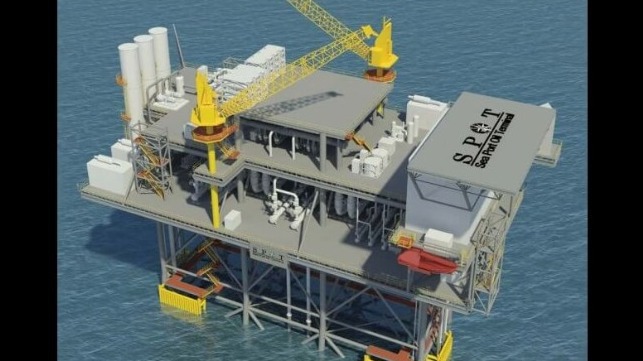America's Largest Offshore Oil Terminal is Moving Ahead

On Tuesday, executives with midstream company Enterprise Products Partners said that their plans for a massive offshore oil export terminal off Texas are going forward, and they expect to have their first commercial contracts in hand for its capacity soon. The reassurance follows shortly after Reuters reported that capex cost growth and commercialization challenges could slow the project.
If built, the Sea Port Oil Terminal (SPOT) would be the largest offshore terminal in the United States, bigger even than the Louisiana Offshore Oil Port (LOOP). It would add two million barrels per day to U.S. export capacity, an increase of about 50 percent.
Enterprise has had significant progress on the regulatory front, securing an operating license from the Maritime Administration and batting back a court challenge earlier this month. Commercial discussions are progressing too, according to the sales team.
"For the most part, it's positive," said EVP and Chief Commercial Officer Brent Secrest in an earnings call. "We expect to have two contracts by the end of, call it, next month."
He emphasized that Enterprise is only going to move ahead with the multibillion-dollar project when it has long-term contracts in hand to support it. The firm is targeting a final investment decision by the end of the year. (As for the capex cost, "it's not what was in the Reuters article by a long shot, and we typically don't share with people what our capex is," said Jim Teague, co-chief executive officer.)
SPOT has come in for criticism from environmentalists. The Sierra Club claims that the oil terminal would enable greenhouse gas emissions equal to 90 new coal-fired power plants and could potentially harm the endangered Rice's whale, an ultra-rare species found only in the Gulf of Mexico.
For its part, EPP says that SPOT would be an improvement over the status quo of ship-to-ship transfers, and would partially replace this existing export method.
"Compared with the current industry practice of reverse lightering, SPOT is expected to reduce crude vapor emissions by 95 percent, and lower total greenhouse gases by 65 percent," said Teague earlier this month. "Considering that as many as eight smaller vessels are required during the reverse lightering process, SPOT offers a safer alternative and reduces the potential for accidents and spills. At full capacity, SPOT would eliminate more than 900 ship-to-ship transfers in federal waters annually."
No comments:
Post a Comment